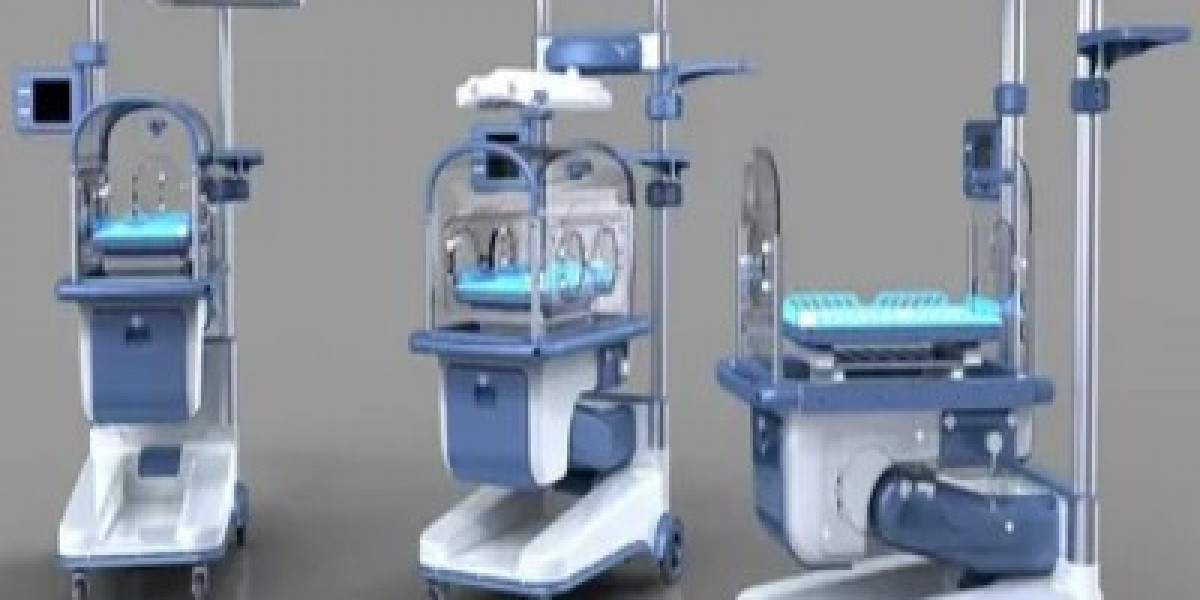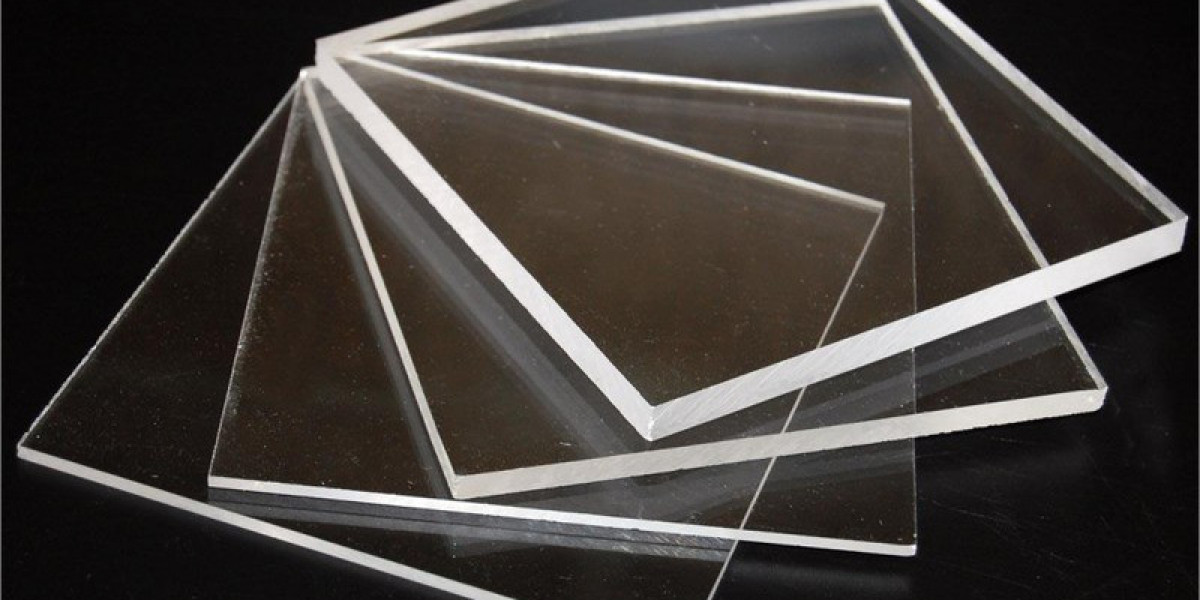Infant incubators are essential medical devices designed to provide a safe and controlled environment for premature babies or those with health complications. These life-saving machines help maintain optimal temperature, humidity, and oxygen levels, allowing fragile newborns to grow and develop outside the womb. In this article, we will explore the history, components, and benefits of infant incubators, as well as their role in modern neonatal care.
The History of Infant Incubators
The concept of Infant Incubator dates back to the late 19th century when French obstetrician Étienne Stéphane Tarnier introduced the first modern incubator in 1880. Inspired by the warming chambers used for poultry, Tarnier's incubator was designed to keep premature infants warm and protected. In 1896, Dr. Martin Couney, known as the "incubator doctor," popularized the use of incubators by exhibiting premature babies in incubators at world fairs and amusement parks. While controversial, Couney's exhibits helped demonstrate the effectiveness of incubators in saving the lives of premature infants.
Components of an Infant Incubator
Modern infant incubators are highly advanced, featuring several components that work together to create an optimal environment for premature babies. The main components include:
1. Transparent enclosure: A clear, plastic dome or box that allows medical staff to easily monitor the baby while maintaining a controlled environment.
2. Temperature control system: A thermostat and heating element that maintain a constant, appropriate temperature for the baby's needs.
3. Humidity control system: A device that regulates the moisture level within the incubator to prevent dehydration and maintain proper skin integrity.
4. Oxygen supply: An adjustable oxygen delivery system that provides supplemental oxygen when needed.
5. Monitoring devices: Built-in sensors that track the baby's vital signs, such as heart rate, respiratory rate, and oxygen saturation levels.
Benefits of Infant Incubator
Infant incubators offer numerous benefits for premature and critically ill newborns, including:
1. Temperature regulation: Premature babies often struggle to maintain a stable body temperature, which can lead to complications. Incubators provide a warm, controlled environment that helps prevent hypothermia and promotes healthy growth and development.
2. Protection from infections: Incubators act as a barrier between the baby and the outside world, reducing the risk of exposure to harmful pathogens and infections.
3. Controlled humidity: Proper humidity levels help prevent dehydration, maintain skin integrity, and promote comfortable breathing for premature babies.
4. Adjustable oxygen levels: Incubators allow medical staff to adjust the oxygen concentration to meet the specific needs of each baby, ensuring optimal oxygenation and reducing the risk of complications associated with oxygen toxicity.
5. Continuous monitoring: The built-in monitoring devices in incubators enable medical staff to closely track the baby's vital signs and make necessary adjustments to the environment or treatment plan.
The Role of Infant Incubator in Neonatal Care
Infant incubators play a crucial role in modern neonatal intensive care units (NICUs). They are used to care for premature babies born before 37 weeks gestation, as well as full-term babies with health complications such as respiratory distress, infections, or congenital anomalies. In the NICU, a team of specialized healthcare professionals, including neonatologists, nurses, and respiratory therapists, work together to provide round-the-clock care for these vulnerable infants.
Advances in Incubator Technology
Over the years, infant incubator technology has continually evolved to improve the care and outcomes of premature and critically ill newborns. Some of the latest advancements include:
1. Noise reduction: Newer incubators are designed to minimize noise levels, as excessive noise can cause stress and negatively impact a baby's growth and development.
2. Improved temperature stability: Advanced temperature control systems maintain a more consistent and precise environment, reducing the risk of temperature fluctuations that can be harmful to premature babies.
3. Integrated family-centered care: Some modern incubators feature built-in seats or beds that allow parents to have closer contact with their babies, promoting bonding and involvement in their child's care.
4. Enhanced mobility: Transportable incubators enable the safe transfer of critically ill newborns between hospitals or within a healthcare facility, ensuring continuous care and monitoring during transport.
Get more insights on, Infant Incubator
Get This Report in Japanese Language: 幼児用保育器
Get This Report in Korean Language: 유아 인큐베이터
Read More Articles Related to this Industry- Sugar Levels Significantly High In Commercial Infant Food, Research Suggests
About Author:
Ravina Pandya, Content Writer, has a strong foothold in the market research industry. She specializes in writing well-researched articles from different industries, including food and beverages, information and technology, healthcare, chemical and materials, etc. (https://www.linkedin.com/in/ravina-pandya-1a3984191)










